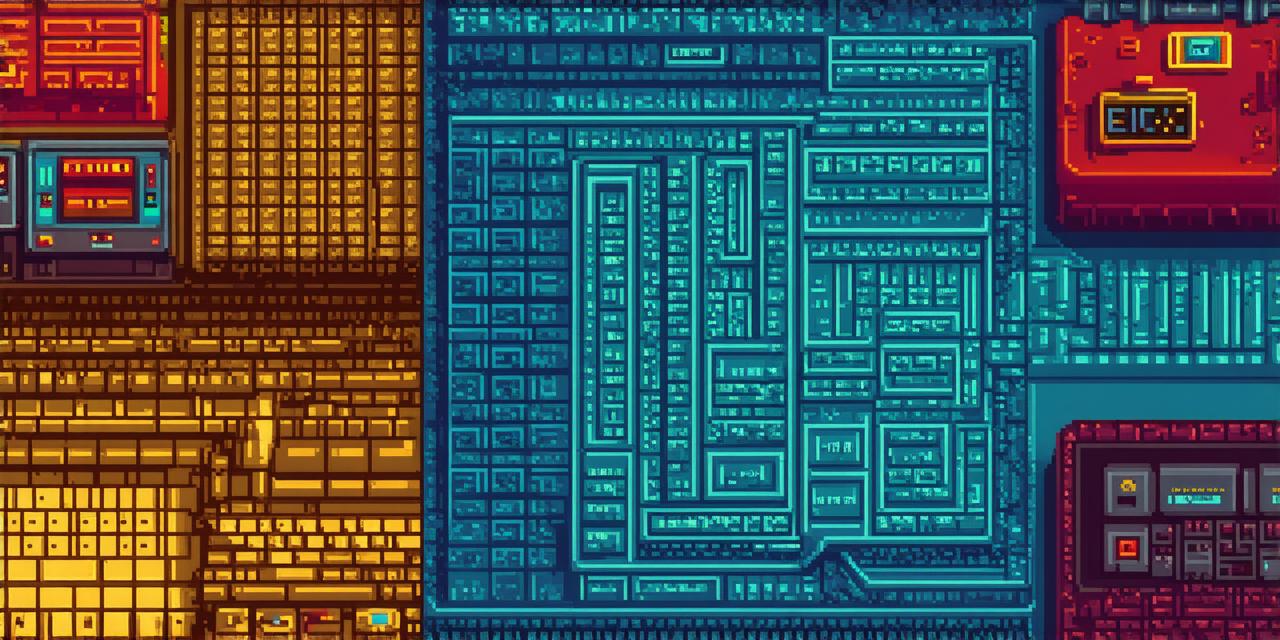When did video game systems first become very popular
Introduction
Video games have come a long way since their inception in the 1950s. From simple text-based adventures to today’s highly immersive and interactive experiences, video games have evolved significantly over the years. But it wasn’t until the early 1980s that video game systems first became very popular, paving the way for a new era of gaming.
The Early Years: Pong and Atari
Pong, released by Namco in 1972, was the first commercially successful video game. It used simple graphics and physics to create a fun and engaging experience that captivated players around the world. However, it wasn’t until 1976 when Atari released Pong 2 that video games truly began to take off. Pong 2 introduced new features like enhanced graphics and sound effects, making the game even more immersive and enjoyable for players.
Atari 2600: The Home Video Game Revolution
In 1977, Atari released the 2600, a home video game console that brought gaming into households across America. The 2600 was revolutionary for its time, featuring advanced graphics and sound effects that were previously only available in arcade machines. It also introduced new game genres like sports games and adventure games, which quickly became popular among players.
The NES: Nintendo’s Entry into the Market
In 1985, Nintendo released the Nintendo Entertainment System (NES) in North America. The NES was a major player in the video game industry, introducing new features like ROM cartridges and advanced graphics that made gaming even more immersive and engaging. It also introduced new game franchises like Super Mario Bros., The Legend of Zelda, and Metroid, which would go on to become some of the most popular games of all time.
The SNES: Nintendo’s Quest for Quality
In 1990, Nintendo released the Super Nintendo Entertainment System (SNES), which was a major upgrade from the NES. The SNES introduced new features like Yoshi, the lovable green dinosaur who became a fan favorite, as well as advanced graphics and sound effects that made games even more immersive and engaging. It also introduced new game genres like RPGs (role-playing games) and puzzle games, which quickly became popular among players.
The PlayStation: Sony’s Entry into the Market
In 1994, Sony released the PlayStation, a home video game console that would go on to become one of the most successful gaming platforms of all time. The PlayStation introduced new features like CD-ROMs and 3D graphics, making games even more immersive and engaging. It also introduced new game franchises like Final Fantasy and Crash Bandicoot, which would become some of the most popular games of the era.
The PSX: Sony’s Quest for Power
In 1998, Sony released the PlayStation X (PSX), a major upgrade from the original PlayStation. The PSX introduced new features like hardware-accelerated transform and lighting, making games even more immersive and engaging. It also introduced new game franchises like Tomb Raider and Metal Gear Solid, which would become some of the most popular games of their time.
The Xbox: Microsoft’s Entry into the Market
In 2001, Microsoft released the Xbox, a home video game console that would go on to become one of the most successful gaming platforms of all time. The Xbox introduced new features like online multiplayer, which allowed players to connect and play games with other people around the world. It also introduced new game franchises like Halo and Gears of War, which would become some of the most popular games of their time.

The Xbox 360: Microsoft’s Quest for Innovation
In 2005, Microsoft released the Xbox 360, a major upgrade from the original Xbox. The Xbox 360 introduced new features like HD graphics and motion controls, making games even more immersive and engaging. It also introduced new game franchises like Call of Duty and Gears of War 2, which would become some of the most popular games of their time.
The PlayStation 4: Sony’s Quest for Perfection
In 2013, Sony released the PlayStation 4, a major upgrade from the Xbox 360 and PSX. The PlayStation 4 introduced new features like cloud gaming and social sharing, making games even more immersive and engaging. It also introduced new game franchises like Uncharted and God of War, which would become some of the most popular games of their time.
Conclusion
The evolution of video game systems has been a long and fascinating journey, with each generation building upon the successes and innovations of its predecessors. From Pong to the PlayStation 4, video game systems have become increasingly sophisticated and immersive, offering players new ways to experience their favorite games and connect with other players around the world. As the gaming industry continues to grow and evolve, it will be interesting to see what new innovations and technologies emerge in the years to come.


















